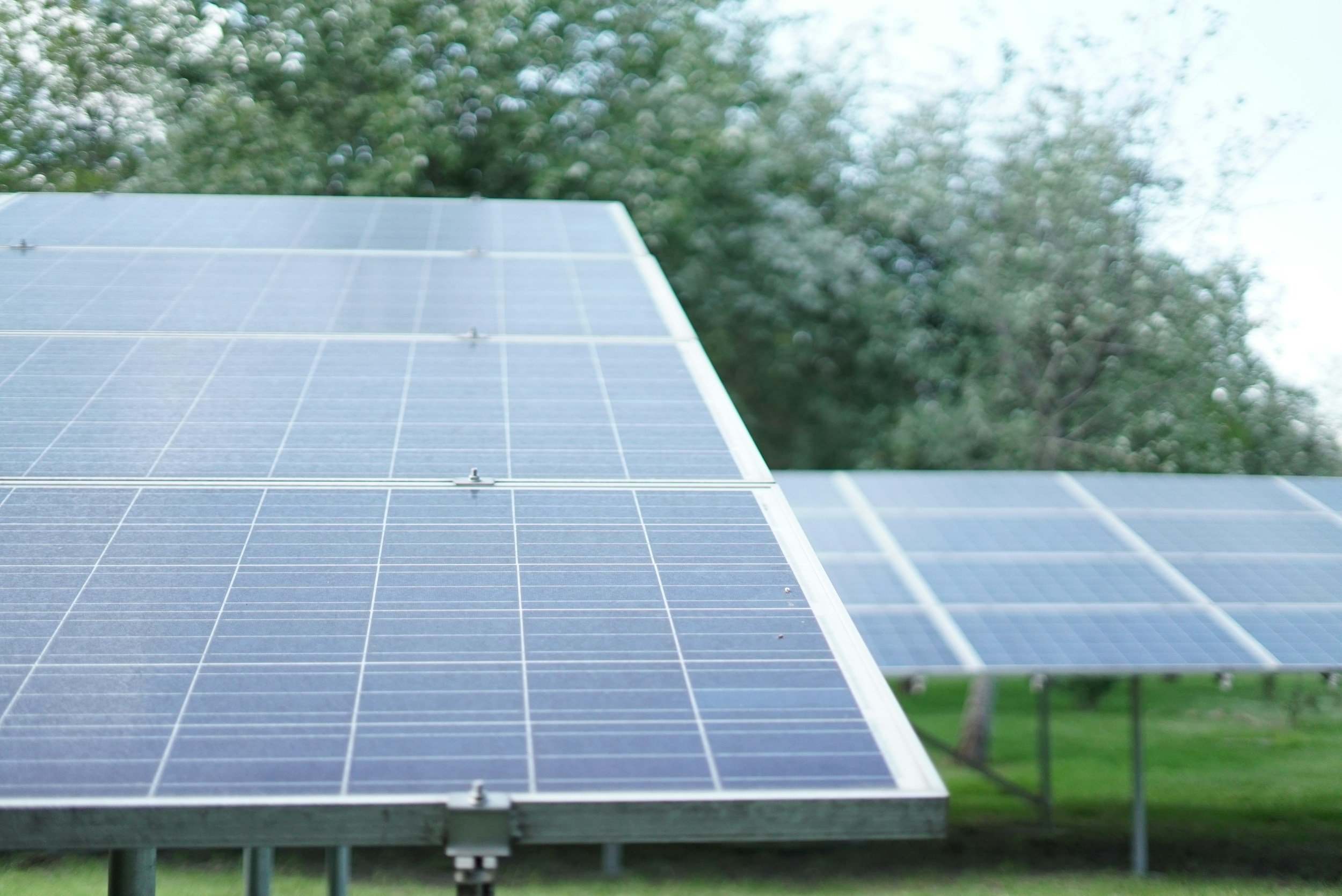
Landowner resources
BUILT ON TRUST
Why work with High Road Clean Energy?
HRCE powers utilities, corporations, and the public sector through long-term agreements, delivering lasting community benefits.
At HRCE, we do more than develop clean energy. We build lasting partnerships. Landowners trust us because we keep them informed and involved at every stage, from leasing to operation.
Most of our projects come from referrals by landowners, legal counsel, and industry partners. We’re committed to delivering value, meeting community needs, and seeing every project through.
Clean energy FAQs
-
Leasing land for solar installations provides a stable, long-term revenue stream with minimal disruption. It allows landowners to diversify their income while contributing to the advancement of clean, renewable energy solutions that benefit the broader community.
-
Studies indicate that well-maintained solar farms have little to no negative impact on surrounding property values. Due to their quiet operation and lack of emissions, solar farms are often considered neutral or even positive influences on nearby properties. Proper siting and community engagement further help in maintaining property values.
-
Absolutely not. High Road Clean Energy values transparent and voluntary agreements with Texas landowners. No installations or equipment will be placed on your property without your explicit consent and a signed contract detailing all terms and conditions.
-
Many solar farms are designed to coexist with agricultural activities, a practice known as agrivoltaics. In Texas, this approach allows for dual land use, enabling activities such as grazing livestock.
-
Solar farms are generally designed to be environmentally friendly and have minimal adverse effects on wildlife. In Texas, the Texas Parks and Wildlife Department (TPWD) collaborates with renewable energy developers to ensure that projects are sited and managed in ways that protect local ecosystems. TPWD emphasizes the importance of analyzing solar-wildlife interactions in the context of other land uses and energy generation, highlighting that various aspects of solar energy planning are influenced by these interactions.
-
Properly designed solar farms incorporate effective water management strategies to mitigate stormwater or drainage issues. In Texas, best practices include maintaining vegetative ground cover beneath the panels, which promotes natural water absorption and reduces runoff. Implementing these strategies ensures that solar farms do not adversely affect local hydrology.
-
Solar projects generally have a lifespan of 30-50 years. After this period, panels can be upgraded or removed, and the land can be restored to its original use. Lease agreements with Texas landowners include provisions for responsible decommissioning and land restoration.
-
At the end of their operational life, they can be recycled to recover valuable materials such as glass, silicon, and metals. In Texas, companies like SOLARCYCLE, based in Odessa, specialize in providing comprehensive solar panel recycling services, ensuring that materials are sustainably recovered and reused.
Work with us
If you would like to partner with us, fill out the form below and we will get back to you.

